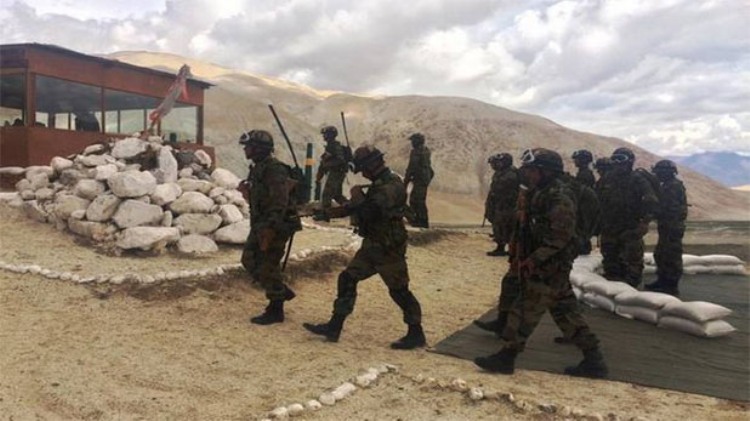The Gallant Gladiators of Galwan

Galwan Valley has been in the news since the beginning of May this year. The borders started simmering from the face-off on the western bank of Pangong Tso. The ridge on the northern bank has spurs running down to the lakes which look like fingers and hence called as fingers numbered from 1 to 8. India claims till finger 8 and China claims till finger 4; the face off started in finger 4 area.
Another incident took place at Nakula in Sikkim, where the Chinese side is claiming an area inside Indian territory. These two incidents were followed by the face-off in the Galwan valley. There have been face-offs in past too but they were in standalone mode and the simultaneity and strength was a cause for concern.

Also Read:
Another incident took place at Nakula in Sikkim, where the Chinese side is claiming an area inside Indian territory. These two incidents were followed by the face-off in the Galwan valley. There have been face-offs in past too but they were in standalone mode and the simultaneity and strength was a cause for concern.



Latest Videos
















